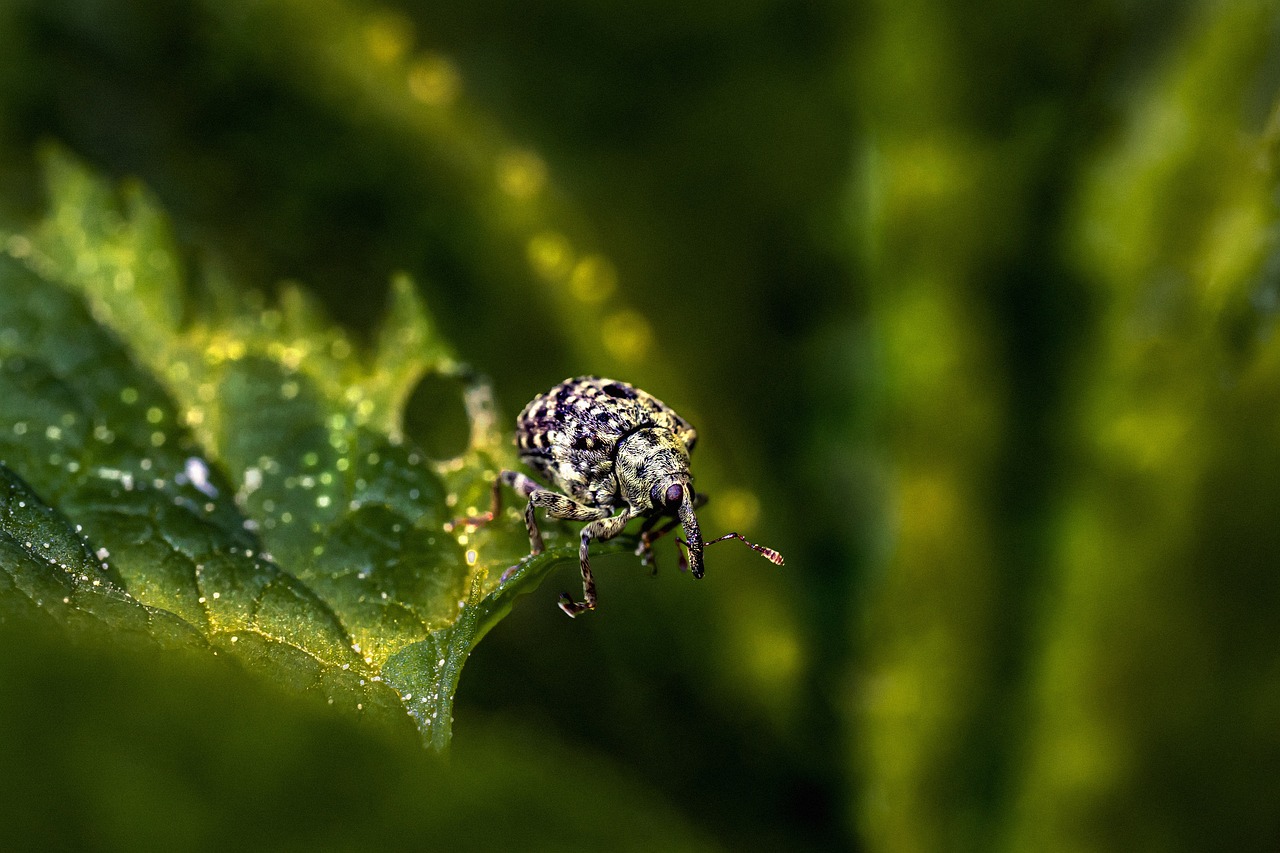The Figwort Weevil (Cionus scrophulariae) is a small beetle species commonly associated with plants in the figwort family (Scrophulariaceae). Here are its key characteristics:
Key Characteristics:
- Appearance:
- Size: Typically between 3–4 mm in length.
- Coloration: The weevil has a dark, often mottled brown or gray body with a distinctive humped, somewhat rounded shape.
- Shape: Like other weevils, it has a characteristic snout (rostrum) which is used to bore into plant tissue.
- Habitat:
- Found in areas where figwort (Scrophularia species) grows, such as meadows, hedgerows, and woodland edges.
- It primarily feeds on figwort plants but can also be found on related species in the figwort family.
- Behavior:
- Feeding: Both adults and larvae feed on figwort leaves and flowers. Adults often chew holes in the leaves, while larvae feed on the internal tissues of the plant.
- Larval Development: Larvae develop inside the flower buds or stems of figwort plants. This internal feeding can cause damage to the plants, including deformities and reduced flowering.
- Reproduction:
- Female weevils lay eggs on figwort plants. The larvae that hatch from these eggs burrow into the plant tissue to feed and develop.
- After pupation inside the plant, adult weevils emerge to continue the life cycle.
- Ecological Role:
- Herbivory: As a figwort specialist, this weevil can influence the health and reproduction of figwort populations, sometimes acting as a pest.
- Food Source: Figwort weevils, like many small beetles, are prey for birds, predatory insects, and other animals.
Conclusion:
The Figwort Weevil (Cionus scrophulariae) is a small, specialized beetle that plays a key role in its ecosystem by feeding on figwort plants. Though small, it can have significant effects on the plants it inhabits, particularly through larval feeding inside flower buds and stems.
Visited 794 times, 3 visit(s) today
Views: 1418
Subscribe to the newsletter:
